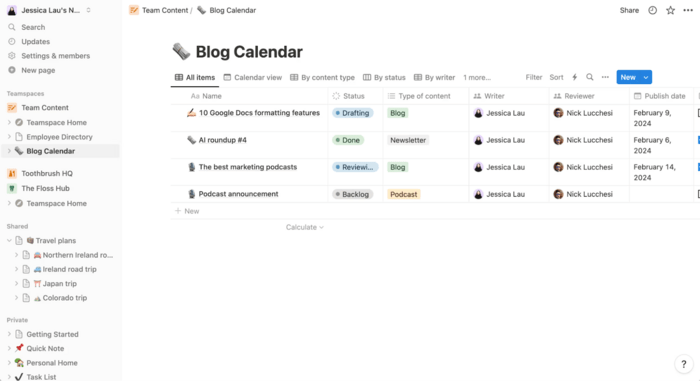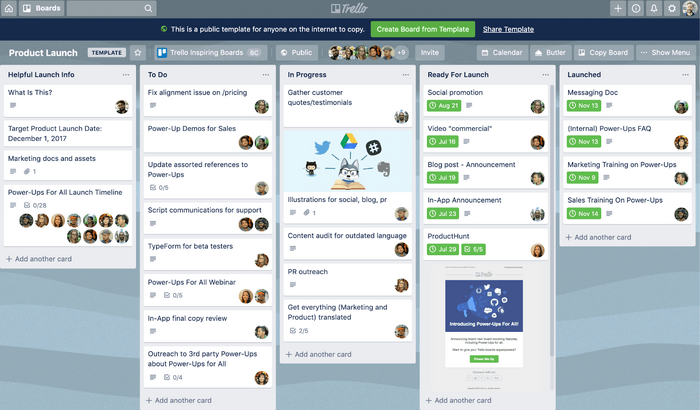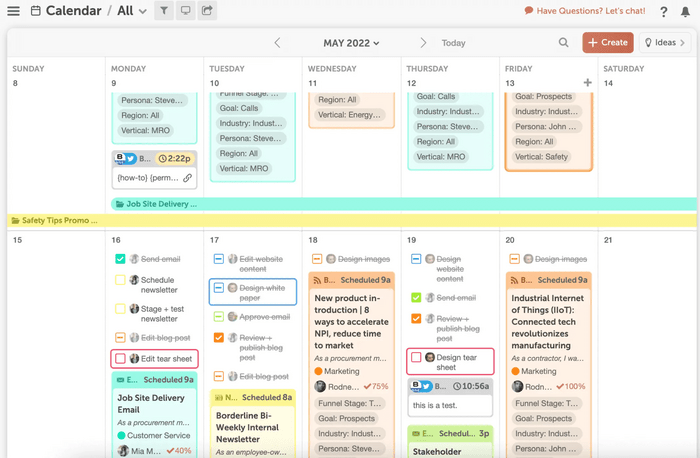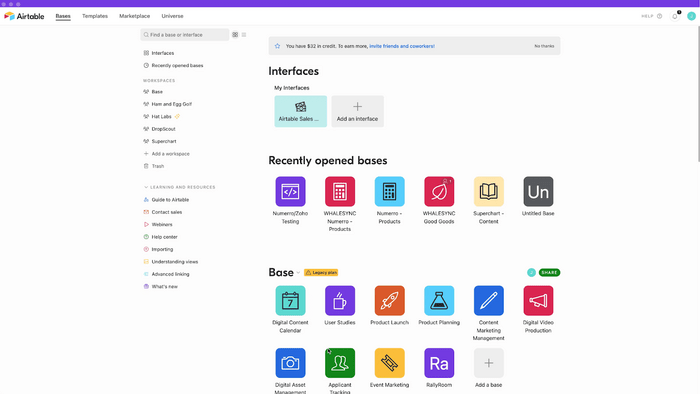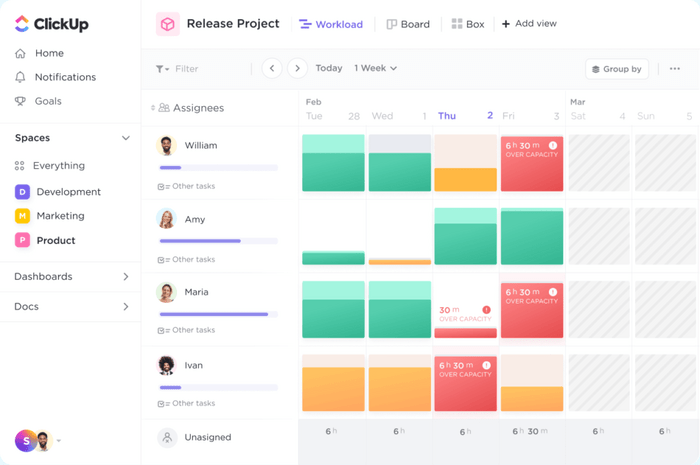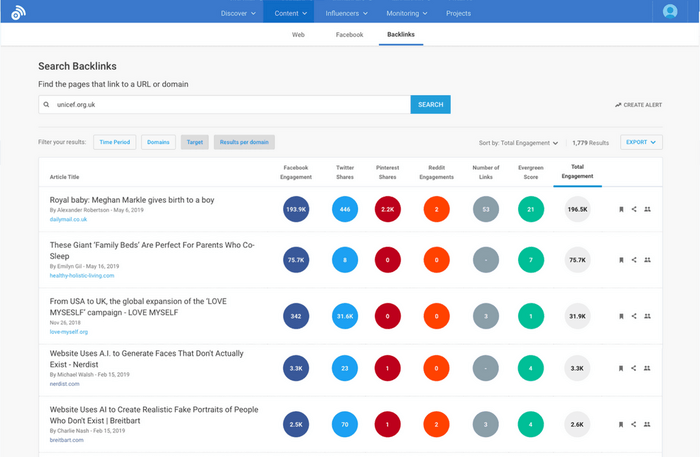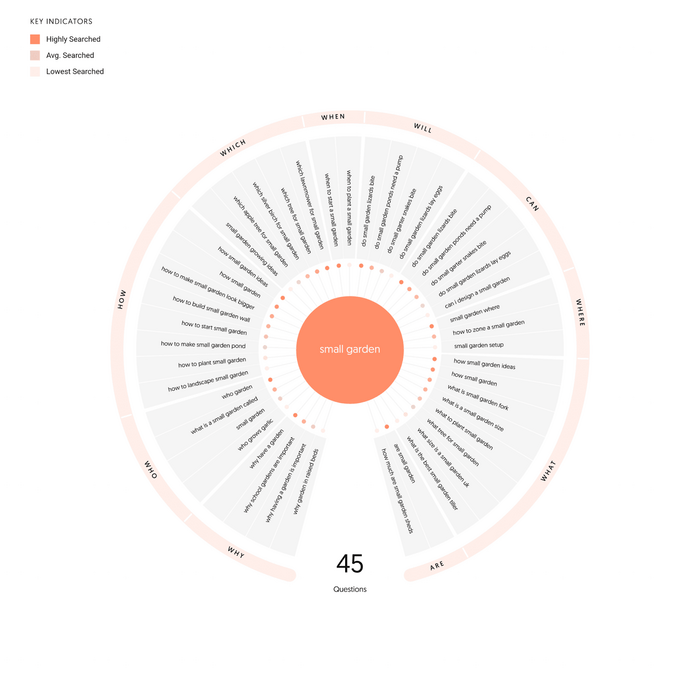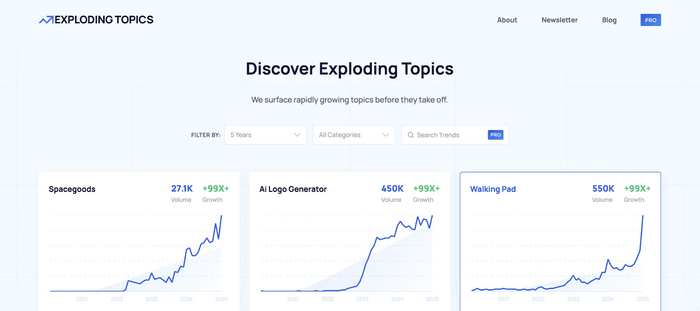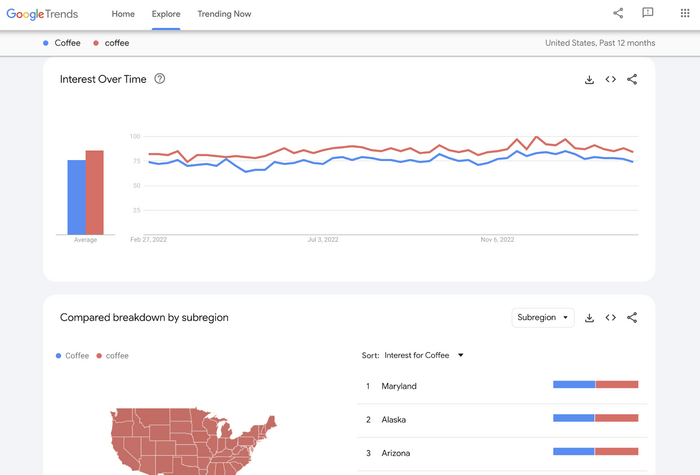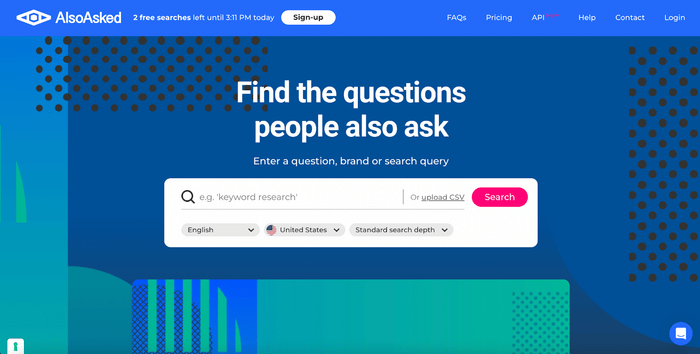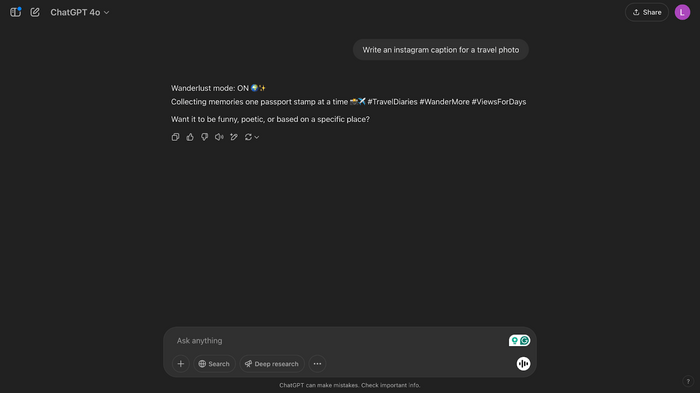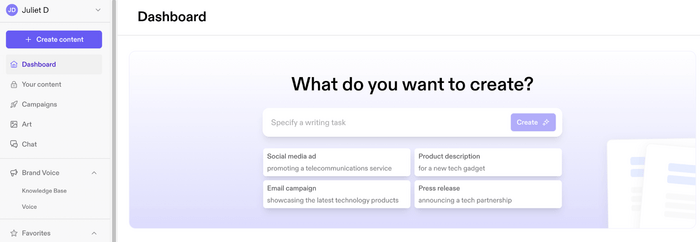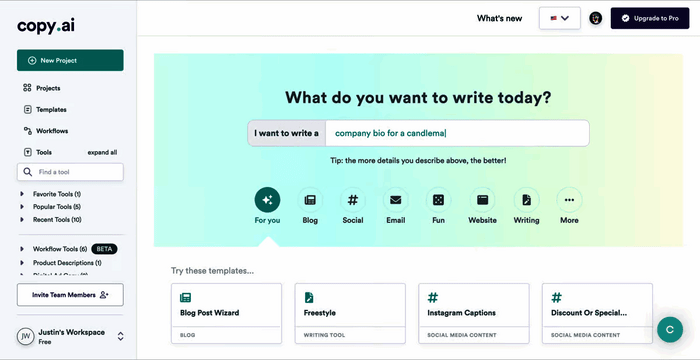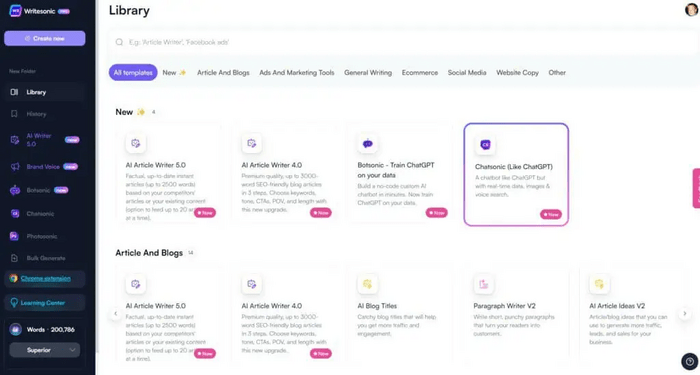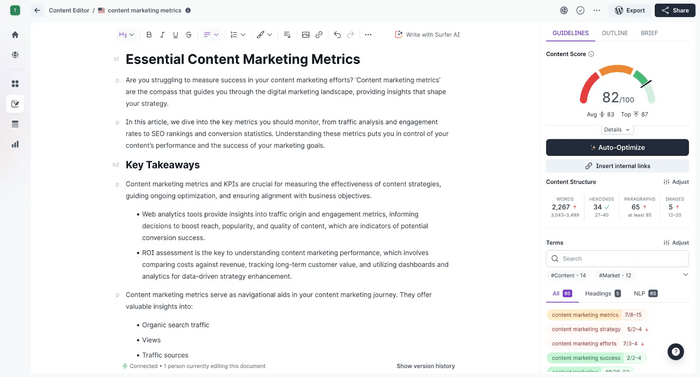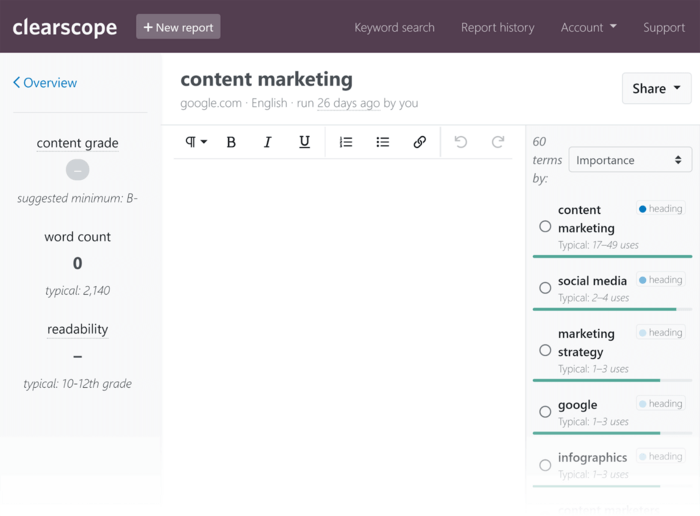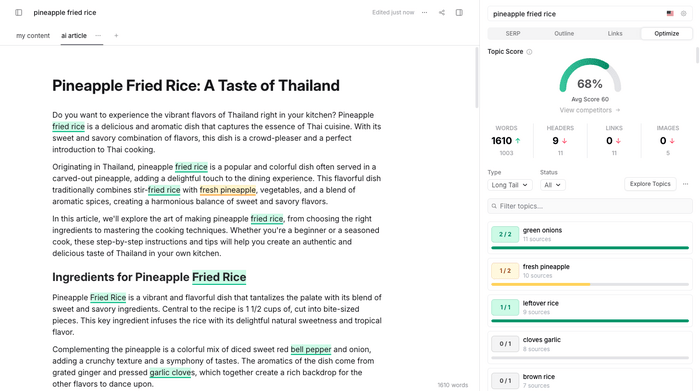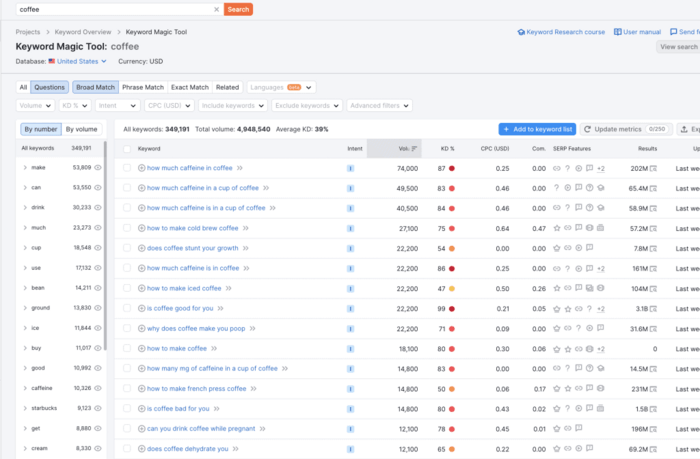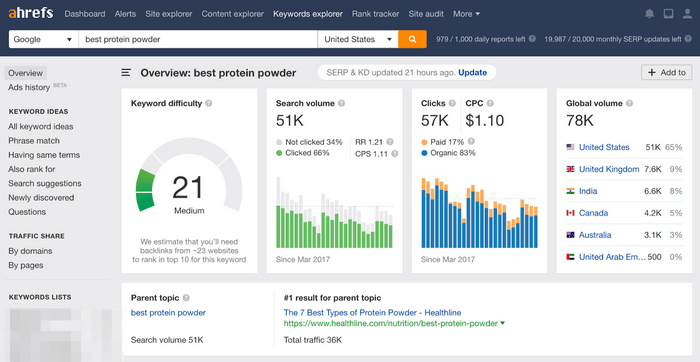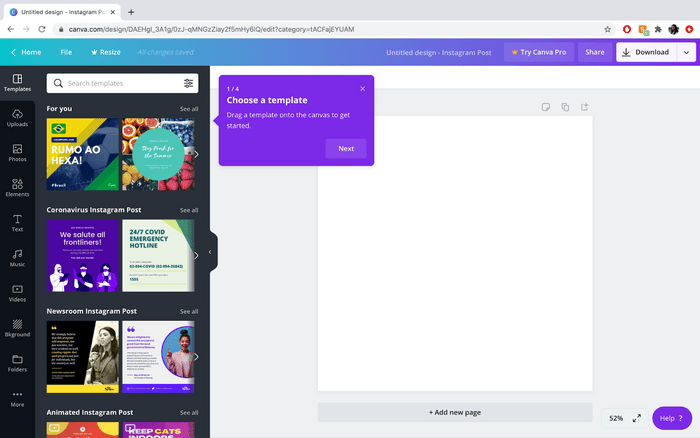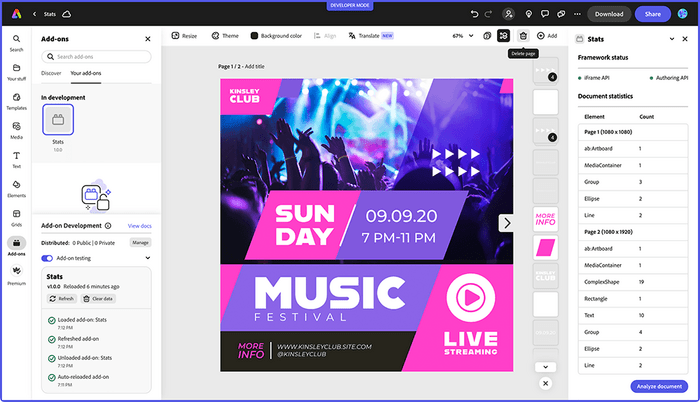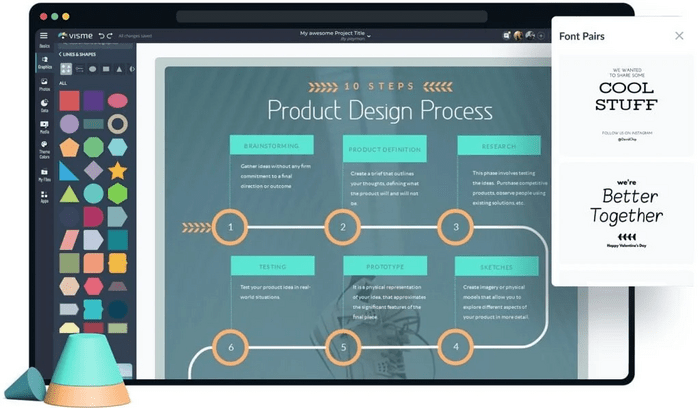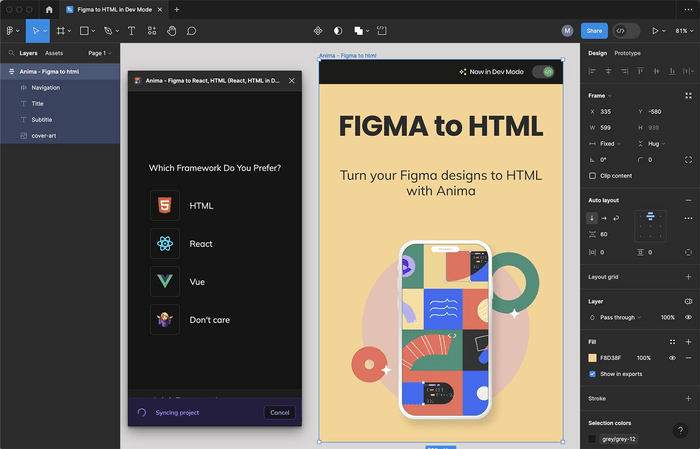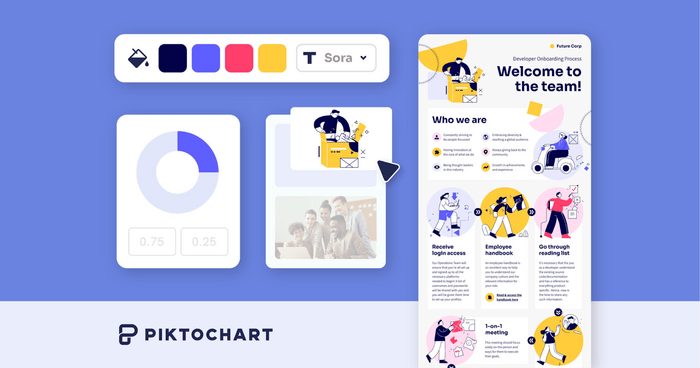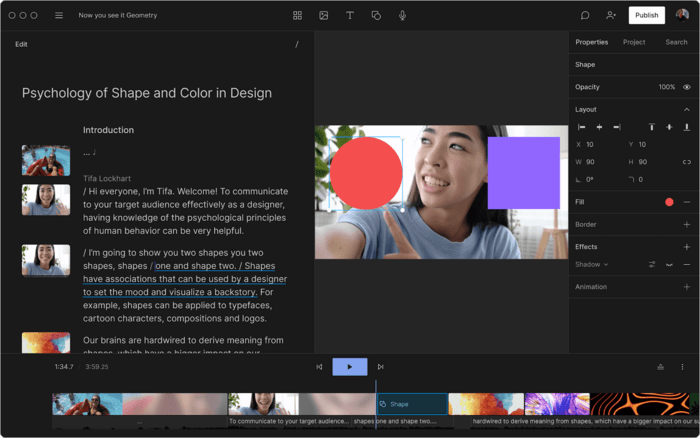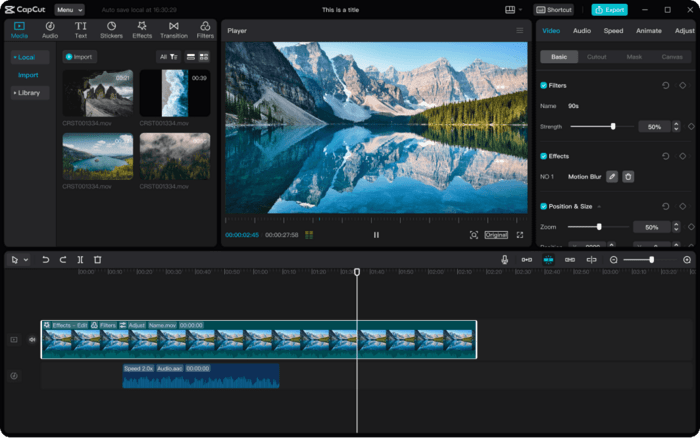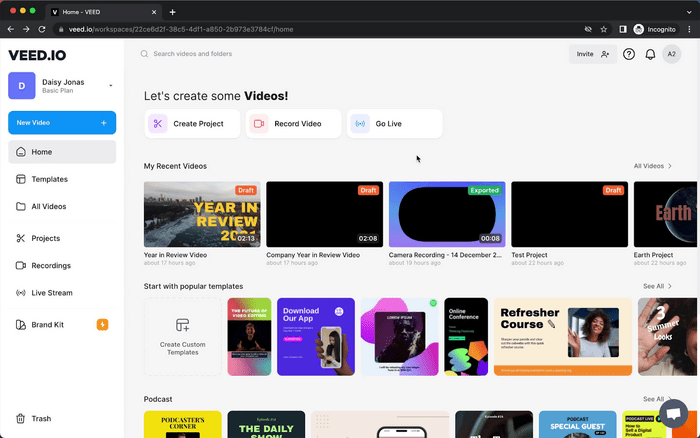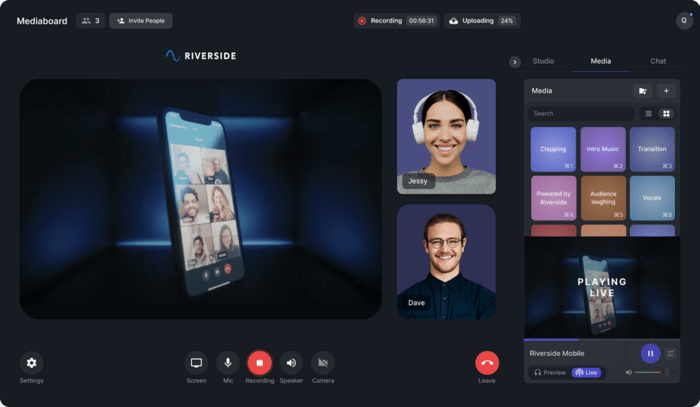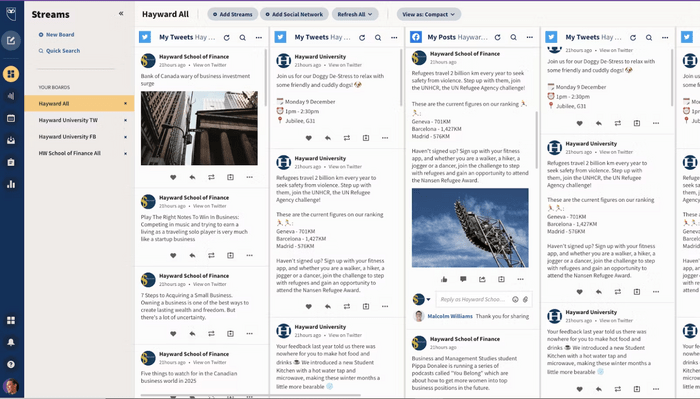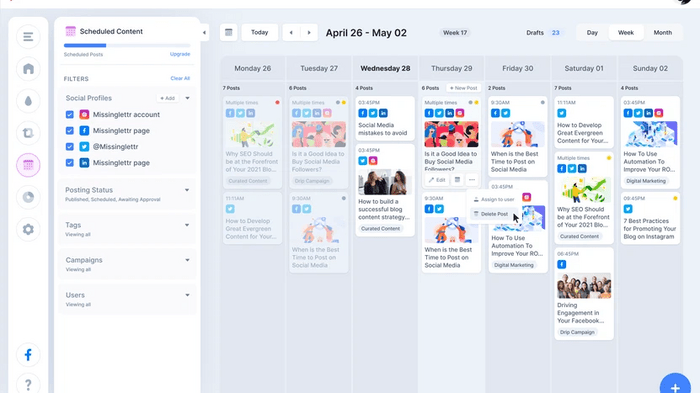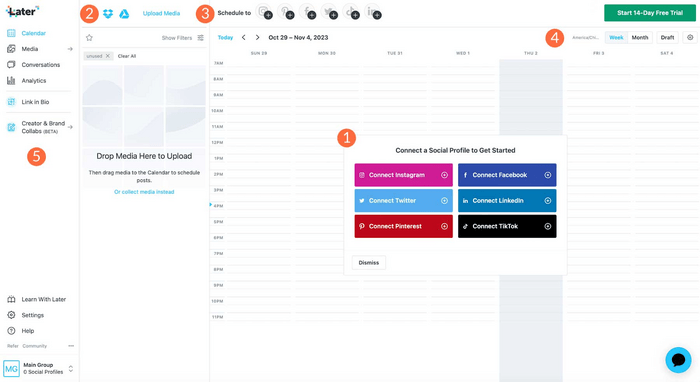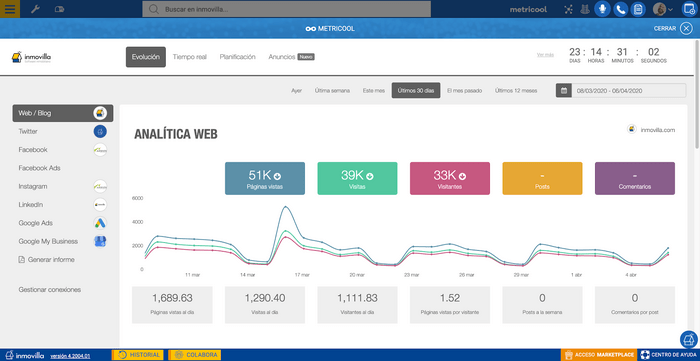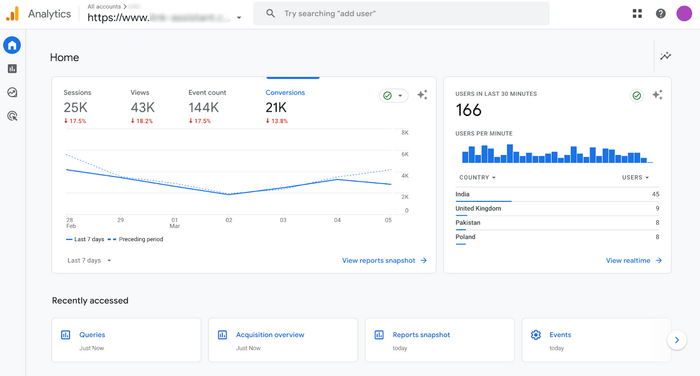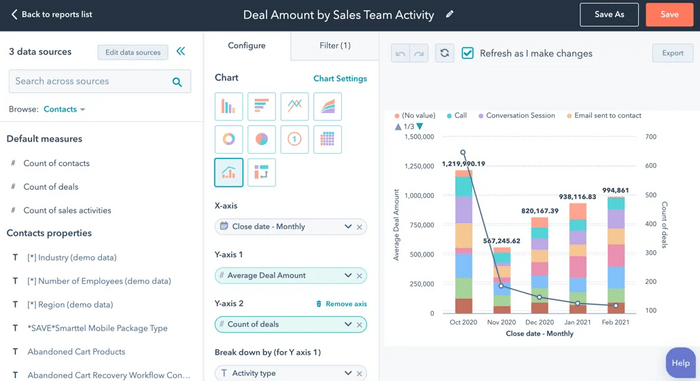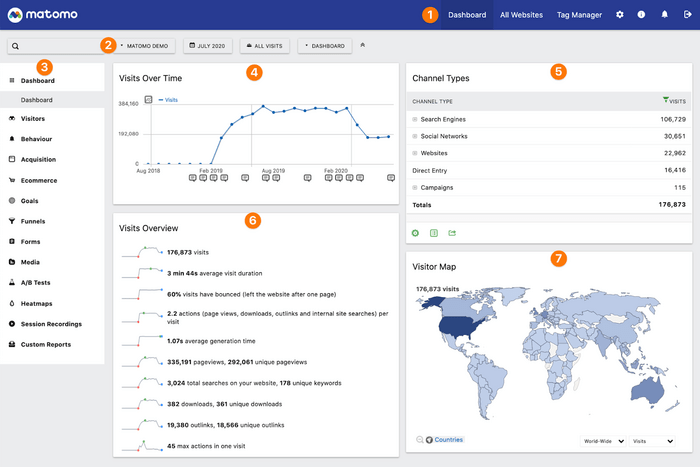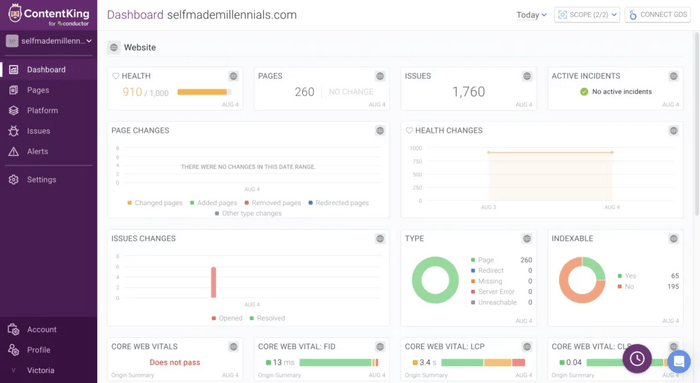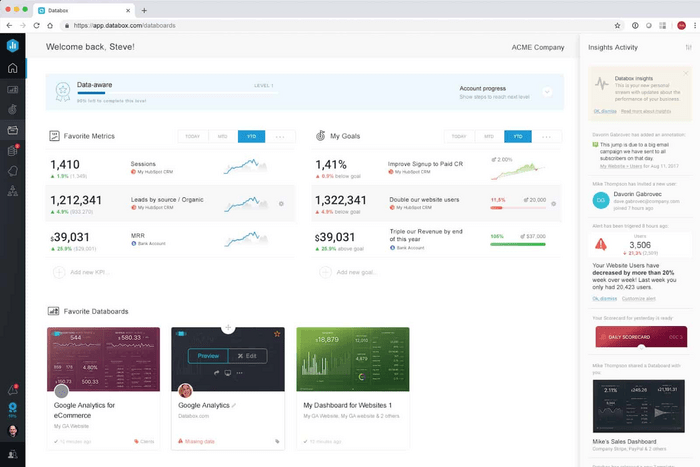The 40 Best Content Marketing Tools in 2025

Content marketing isn’t just blog posts anymore. In 2025, it’s strategy, automation, design, data, and speed. You’re not just creating content—you’re running a machine. And that machine needs tools.
The market is overflowing with platforms that promise more clicks, faster growth, and AI-generated everything. But most of them? Either bloated, outdated, or trying too hard. This list isn’t that.
These are the top content marketing tools worth your attention in 2025—handpicked based on what actually works for real teams, freelancers, and creators. From AI tools for content marketing to SEO, research, scheduling, and analytics, this guide cuts through the noise and shows you what to use and why.
Whether you’re scaling a brand, growing a newsletter, or just tired of staring at a blinking cursor, the right tools can change how you work—and how fast you grow.
Let’s get into it.
Strategy & Planning Tools
Great content starts with a plan. Without structure, even the best ideas fall apart. These tools help you map your strategy, build workflows, and stay consistent—because consistency wins.
1. Notion
Notion is the digital brain for content teams. It’s endlessly customizable, whether you’re building an editorial calendar, outlining a blog post, or documenting your brand voice. What makes Notion powerful is that it adapts to your process—not the other way around. Use it to centralize ideas, manage tasks, and collaborate in real time. Minimalist on the outside, deeply flexible underneath.
2. Trello
Trello is simple, visual, and addictively easy to use. You create boards, add cards, move tasks—it’s as intuitive as a sticky note wall, but way more scalable. For content marketers, Trello is perfect for building content calendars, assigning writers, and tracking progress without micromanaging. No learning curve, no clutter—just a smooth workflow.
3. CoSchedule
CoSchedule is built for marketers, full stop. It’s an all-in-one content calendar, social media scheduler, and task manager. The magic here is integration: your blog posts, emails, and social promos all live in one place, mapped out by day and team member. It’s a serious upgrade for marketing teams that juggle a lot of moving parts.
4. Airtable
Airtable looks like a spreadsheet but acts like a database. For content teams managing dozens of assets across campaigns, channels, and formats, it’s a game-changer. You can tag content by type, status, owner, publish date—then filter, sort, and view it however you want. It’s fast, visual, and surprisingly easy to use once you get past the spreadsheet look.
5. ClickUp
ClickUp isn’t just for content—it’s a full-blown project management platform. But when set up for marketing, it’s powerful. Use it to manage production timelines, track requests, assign content briefs, and build repeatable workflows. It’s ideal for teams that need robust structure without juggling six different tools.
Content Research & Idea Generation
Good content answers questions. Great content anticipates them. If you want your content to hit before your audience even types the full search query, you need tools that help you see around corners. These tools surface trends, questions, and opportunities before they hit the mainstream.
6. BuzzSumo
BuzzSumo is the veteran in content research—and still one of the best. It shows you what’s getting shared, linked to, and talked about across platforms. Want to know what’s performing in your niche? Who’s linking to it? What headlines are pulling the most clicks? This is where you start. Use it for competitive intel, influencer discovery, or just building content that doesn’t fall flat.
7. AnswerThePublic
AnswerThePublic turns keyword data into human questions. It’s built for marketers who want to write content that answers real-world queries—things people actually ask. Plug in a keyword, and it spits out a mind map of questions, comparisons, and phrases. It’s raw, slightly weird, and incredibly useful for brainstorming blog topics and SEO-driven headlines.
8. Exploding Topics
Trends don’t wait. Exploding Topics gives you a heads-up. It scans the internet for terms that are gaining momentum and puts them in front of you before they go mainstream. For content marketers, this is how you get ahead of the curve—not ride the tail. You won’t find this level of trend-spotting in traditional SEO tools.
9. Google Trends
Simple, free, and surprisingly powerful. Google Trends shows the relative interest in search terms over time. You can compare topics, see what’s trending in your region, and gauge seasonality. It’s not a deep tool, but it’s great for sanity checks and spotting shifts in search behavior.
10. AlsoAsked
AlsoAsked takes a single keyword and pulls real “People Also Ask” questions from Google—grouped by topic and logic. It’s a goldmine for building out content clusters, FAQs, and internal links. When you want to expand one idea into multiple useful pieces of content, this is the tool you reach for.
Writing & AI Content Creation
The way content gets written has changed forever. In 2025, AI doesn’t just help you write faster—it helps you write smarter. These AI tools for content marketing are built to assist, not replace. They give you structure, speed, and sometimes that much-needed push when you're stuck on a blank page.
11. ChatGPT
ChatGPT is the Swiss Army knife of content creation. Need article drafts, headlines, ideas, rewrites, tone adjustments? Done. It’s fast, flexible, and constantly improving. While it still needs a human editor, it’s become the go-to for ideation and first drafts. For content marketers, it’s like having a ghostwriter who works 24/7 and never complains.
12. Jasper
Jasper is built specifically for marketers. It comes with pre-built templates for blog posts, emails, product descriptions, and even SEO-friendly outlines. What makes Jasper powerful is how well it understands marketing language—and how easily it integrates with your workflow. If you’re building a content engine, Jasper is a serious accelerator.
13. Copy.ai
Copy.ai shines when you need short-form content—ad copy, headlines, social posts, product blurbs. It’s fast, intuitive, and better than most at matching tone. For small teams or solopreneurs, it can handle daily content tasks with minimal fuss. It’s also one of the most beginner-friendly AI content marketing tools out there.
14. Grammarly
Grammarly isn’t just a grammar checker anymore. In 2025, it’s evolved into a writing coach. Beyond fixing typos, it helps with clarity, tone, and engagement. Whether you’re polishing a newsletter or tightening up a blog intro, Grammarly ensures your message is clean and professional—even if you’re moving fast.
15. Writesonic
Writesonic blends AI writing with SEO prompts. It’s great for generating blog content optimized around specific keywords, and it now includes tools for landing pages, product descriptions, and even AI images. If you're creating high volumes of web content, it delivers solid structure and saves time.
These AI content marketing tools don’t replace good ideas—they amplify them. Used right, they help you create better, faster, and more consistently.
SEO & Optimization Tools
Creating content is only half the job. If it doesn’t rank, it doesn’t matter. These are the best content marketing tools for SEO—built to help you get your content seen, clicked, and converting.
16. Surfer SEO
Surfer SEO bridges content and data. It analyzes the top-ranking pages for your target keyword and gives you a real-time content score as you write. Want to know how many headings, paragraphs, or keywords your blog post needs? Surfer tells you. It’s built for writers who want their work to perform without needing to think like an SEO expert.
17. Clearscope
Clearscope is clean, simple, and deadly effective. You enter a keyword, and it shows you what terms to include, what questions to answer, and how your content compares to competitors. It’s built for editorial teams that care about quality and performance. Less noise, more clarity.
18. Frase
Frase uses AI to help you research, outline, and optimize content fast. It pulls SERP data and builds brief-style outlines in minutes, with focus terms and questions built in. If you’re publishing a lot and don’t want to spend hours manually building content outlines, Frase saves serious time.
19. Semrush
Semrush is the all-in-one SEO platform for marketers who want it all: keyword research, backlink tracking, competitor audits, site health monitoring—you name it. It’s robust and sometimes overwhelming, but if you want data-rich insights at scale, this is it. Bonus: their content marketing tools are expanding fast.
20. Ahrefs
Ahrefs is best known for its backlink data, but it’s a beast for content strategy too. You can analyze what competitors are ranking for, find high-potential keywords, and track content performance over time. If you want to reverse-engineer what’s working in your niche, Ahrefs gives you the blueprint.
SEO isn’t a guessing game in 2025. These top content marketing tools help you create content that ranks—and stays ranked.
Visual Content & Design Tools
In 2025, visual content isn’t optional—it’s expected. Whether it’s a blog header, a data graphic, or a carousel for LinkedIn, your visuals need to be sharp, on-brand, and scroll-stopping. These design tools help marketers create pro-quality content without waiting on a designer.
21. Canva
Canva made graphic design accessible to everyone—and it’s only gotten better. With drag-and-drop templates for everything from blog graphics to infographics to video snippets, it’s the fastest way to make content look polished. Teams love it for collaboration. Solo creators love it for speed. It just works.
22. Adobe Express
Adobe Express is Adobe’s answer to Canva, and it’s catching up fast. You get powerful templates, Adobe’s asset library, and surprisingly advanced editing options for a web app. If you already live in the Adobe ecosystem, this might be your new favorite shortcut.
23. Visme
Visme is ideal for marketers who need to turn data into something visual and persuasive. Think charts, infographics, slide decks—anything that needs clarity and credibility. It’s not the flashiest tool, but it’s great when your content needs to inform and impress at the same time.
24. Figma
Figma started as a UX design tool but has become a content marketing secret weapon. It’s perfect for creating brand assets, social media layouts, and anything that needs pixel precision. Plus, it’s collaborative in real time—no file sending, no version confusion.
25. Piktochart
Piktochart focuses on visual storytelling. If you want to make presentations, infographics, and reports that don’t look like they were built in PowerPoint 2003, this is your tool. Especially good for content marketers working with stats, survey results, or internal reports that need to not be boring.
Visuals sell. These tools make sure your content doesn’t just read well—it looks the part too.
Video & Audio Content Tools
If content is king, video is the kingmaker. In 2025, short-form videos, podcasts, repurposed webinars, and voice-driven content are where attention lives. These tools make it possible to produce, polish, and distribute audio-visual content—even if you don’t have a studio or a full editing team.
26. Descript
Descript is an all-in-one audio and video editor that works like a doc. Delete filler words? Click. Rearrange content? Just drag and drop. It transcribes, edits, and even dubs over your voice with AI. For marketers doing interviews, podcasts, or talking-head videos, it’s a huge time saver.
27. CapCut
CapCut went from TikTok add-on to full-featured video editor, and it’s become one of the best free tools for creating scroll-stopping short-form content. Whether you’re repurposing webinars or making promo clips for social, it delivers pro-level results with a minimal learning curve.
28. Veed.io
Veed.io is the browser-based editor made for marketers. Add subtitles, trim clips, insert logos, and publish in the right formats for any platform. It’s great for quick edits or when you need to polish a piece of user-generated content into something brand-worthy.
29. Riverside
Riverside is the go-to tool for remote podcasting and high-quality virtual interviews. It records locally on each participant’s machine, so the final product looks and sounds crisp—even if someone’s Wi-Fi lags. For content teams doing expert interviews or branded shows, this is a pro setup without studio gear.
30. Lumen5
Lumen5 turns blog posts into videos using AI. It pulls your text, matches visuals, and builds a video in minutes. It’s not cinematic, but for repurposing evergreen content or building fast explainer videos, it’s incredibly efficient—and good enough for most marketing use cases.
Video and audio content builds trust fast. These tools help you produce high-impact content without the overhead.
Distribution & Scheduling Tools
You can have the best content in the world, but if no one sees it—it’s a waste. Distribution is where strategy turns into visibility. These tools help you schedule, share, and automate your content across platforms without burning hours or losing consistency.
31. Buffer
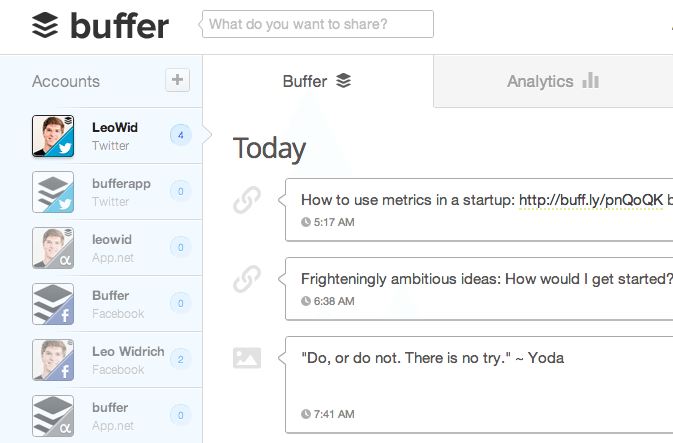
Buffer has been around for over a decade, and it still nails the essentials. Clean UI, intuitive scheduling, and strong analytics. It’s especially great for solo marketers or small teams who want a no-fuss way to queue content and keep things moving without drowning in features.
32. Hootsuite
Hootsuite is the heavyweight in this category. If you’re managing multiple brands, platforms, or users—it handles complexity well. You get post scheduling, social inboxes, and team approvals in one dashboard. It’s not the lightest tool, but for enterprise needs, it delivers.
33. Missinglettr
Missinglettr automates content repurposing. It pulls in blog content and creates a year’s worth of social posts in minutes—formatted and spaced out to drip over time. Ideal for blogs that need more traction without constant manual promotion.
34. Later
Later is built for visual-first content—think Instagram, TikTok, and Pinterest. It’s perfect for content marketers in e-commerce, lifestyle, or personal branding. The visual planner, media library, and link-in-bio features make it easy to map out campaigns that actually look good on mobile.
35. Metricool
Metricool handles content scheduling and performance tracking in one place. You can publish to all major platforms, track link clicks, compare channel performance, and even monitor competitor content. For marketers who want data and automation in one tool, this is a quiet powerhouse.
Great content doesn’t spread by accident. These tools help it get where it needs to go—on time, on brand, and without extra work.
Analytics & Performance Tracking
If you’re not tracking what works, you’re wasting time. Analytics shows you which content brings in traffic, converts leads, and deserves more attention. These tools go beyond vanity metrics and help you build a content strategy that actually performs.
36. Google Analytics 4
GA4 is the new standard, and yes, it’s different. It focuses on events over sessions, giving you clearer insights into how people actually engage with your site. You can track scroll depth, button clicks, video plays—everything that matters. It’s powerful once you get the hang of it, and it’s free.
37. HubSpot Marketing Hub
If you’re using HubSpot, you already know how tightly it connects your content, CRM, and analytics. You can see exactly which blog posts lead to conversions, what channels are pulling in high-quality leads, and how your entire funnel performs. Ideal for businesses focused on inbound.
38. Matomo
Matomo is the privacy-first alternative to GA4. It gives you full control over your data and works well for companies with strict compliance needs. You still get heatmaps, funnel tracking, and visitor profiles—just without the data sharing that comes with Google.
39. ContentKing
ContentKing offers real-time SEO auditing and monitoring. It alerts you when something breaks—like a missing title tag, a noindex tag on a key page, or a sudden traffic drop. Think of it as your content’s early warning system.
40. Databox
Databox pulls in data from dozens of platforms—Google Analytics, Search Console, HubSpot, social media—and visualizes it in one dashboard. You can track KPIs, set goals, and automate reports. It’s a great fit for marketers who want to see the full picture without spreadsheet gymnastics.
Your content is only as good as its performance. These tools tell you what’s winning—and what’s wasting your time.
Conclusion
Content marketing in 2025 is about leverage—getting more done, with more precision, and less waste. The tools listed in this guide aren’t just software—they’re multipliers. Each one solves a real problem: whether it's planning your next campaign, turning data into strategy, or scaling content without sacrificing quality.
You don’t need all 30 tools. You need the right ones for your workflow, your team, and your goals. Start with the gaps. Is research slowing you down? Is your content stuck on page two? Are you publishing without tracking ROI? There's a tool here that fixes that.
Smart marketers don’t just create—they optimize, automate, and scale. And with the right stack, you can do exactly that.


